This week, the entire team gathers to share stories on Crew-2, another OneWeb launch, NROL-82, and a Chinese launch. Plus, this week in rocket history, we look back at the launch of NASA’s TESS on April 18th, 2018.
Media
Transcript
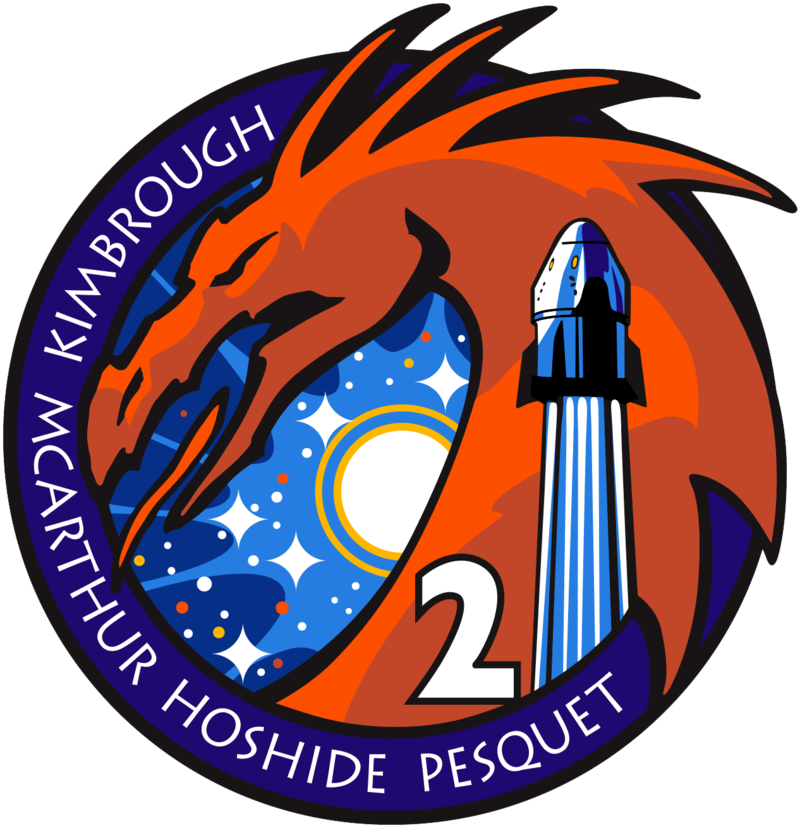
Hello, and welcome to the Daily Space. My name is Annie Wilson and most weekdays the CosmoQuest team is here putting science in your brain. Today, however, is for Rocket Roundup, and the whole team is here as we try some new things to give you ever-improving content. This means you’re going to get to hear from both me – I’m Pamela Gay – and from me, and I’m Beth Johnson. And together we’re going to bring you all the rocket launch goodness you’re used to. Let’s get to it, shall we?
First up, on April 23 at 09:49 UTC, SpaceX’s Falcon 9 lifted Crew Dragon Endeavour into orbit on the SpaceX Crew-2 mission from Launch Complex 39A at the Kennedy Space Center. Onboard were: NASA astronauts Shane Kimbrough and Meghan McArthur, ESA astronaut Thomas Pesquet, and JAXA astronaut Akihiko Hoshide.
For those of you keeping score at home, this was the second flight for both Booster 1061 and Crew Dragon Endeavour. The booster landed safely on the barge Of Course I Still Love You.
After a perfectly nominal launch, the crew set in for a 23-hour rendezvous sequence. The trip to the International Space Station wasn’t quite as nominal as the launch. There was a small piece of debris, likely a piece of ice according to NASA, observed floating out of the Crew Dragon’s trunk. This isn’t great but has been observed before and was not a problem because an object coming from the Dragon itself is at a low velocity relative to the vehicle and wouldn’t damage anything if it did hit the capsule.

There was also a more significant event during rendezvous: a small chance of colliding with space debris. Astronauts train for all sorts of scenarios, so the crew got back in their pressurized suits just in case. Fortunately, the object passed without incident. According to a NASA spokesperson after the event, the object was 45 kilometers away from the spacecraft, and there was no risk of collision.
Some happier news in the rendezvous was the reveal of the Crew-2 zero-G indicator. Continuing the Soyuz and Shuttle tradition, astronauts riding on Crew Dragon (or rather their kids) chose a small toy to serve as a visual reference to when the crew is experiencing weightlessness. The toy chosen by the children of the Crew-2 astronauts was a small penguin named GuinGuin. Good luck getting one for yourself to add to your Zero-G Indicator collection; as soon as the penguin was shown on the broadcast, it was immediately sold out.
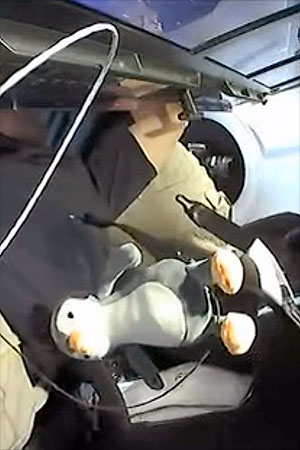
The crew finally docked to International Docking Adapter-2 on the forward port of Node 2 at 09:08 UTC. After two hours of leak checks, the hatch on the Crew Dragon was opened, and the four astronauts came on board, bringing the total station crew temporarily up to eleven. With that many people on board, it is a little cramped. Reminder: there are only six full sleep stations on the ISS for eleven people. The current sleeping arrangements remind me of a slumber party: find a spot and roll out your sleeping bag. The commanders of the two Crew Dragons sleep in their capsules, and the remaining three crew members attach their sleeping bags to wherever they can find space.
This flight sees the number of crew members on the ISS stay at the level set by Crew-1, which increased it from six to seven last year. This allows for more crew time spent on science rather than maintenance of the 23-year-old station. Specifically, the crew will continue the Tissue on a Chip investigation. According to NASA, the [t]issue chips are small models of human organs containing multiple cell types that behave much the same as they do in the body.
The crew will also monitor the arrival of several uncrewed spacecraft such as SpaceX’s Cargo Dragon, Northrup Grumman’s Cygnus and the uncrewed test flight of Boeing’s crewed Starliner spacecraft.Pesquet, Hoshide, Kimbrough, and McArthur will also conduct several spacewalks to install new solar panels on the ISS that will arrive on SpaceX CRS-22 in July 2021.
And just like how Crew-2 arrived before Crew-1 departed, Crew-2 will depart after Crew-3 arrives, which is currently scheduled for October 2021. Crew-1 will return to Earth as early as Friday, April 30th, so we should have a full report for you next week.
And now, let’s turn to some no-humans-required rocket launches.
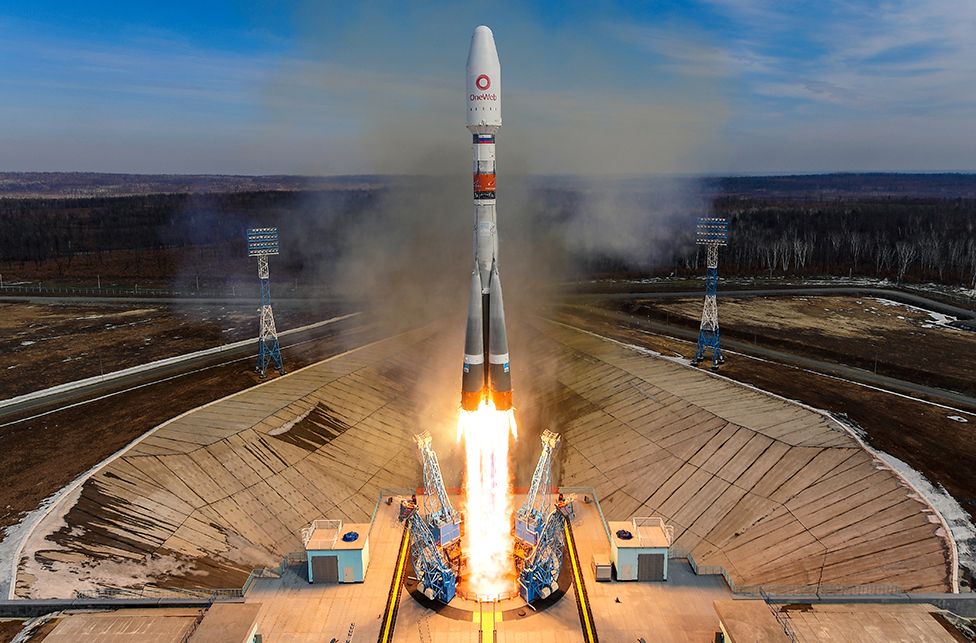
On Sunday, April 25 at 22:14 UTC, Arianespace and its affiliate Starsem launched a Soyuz 2.1b/Fregat into cloudy skies from the Vostochny Cosmodrome in eastern Russia. Vostochny, which means East in Russian, is Russia’s newest launch site, and so far only eight rockets have launched from the site since its opening in 2016. Onboard the Soyuz were 36 satellites for the OneWeb 6 mission. This was the third launch of OneWeb satellites from Vostochny after the OneWeb 4 mission in December 2020 and the OneWeb 5 mission in March 2021.
The live stream switched to an onboard camera just before booster separation and then switched to animation. The rocket’s Fregat upper stage conducted several engine burns over the course of two and a half hours and then inserted the 36 satellites into the target orbit in nine sets of four. This marks 182 satellites launched of a planned constellation of 648 OneWeb satellites.
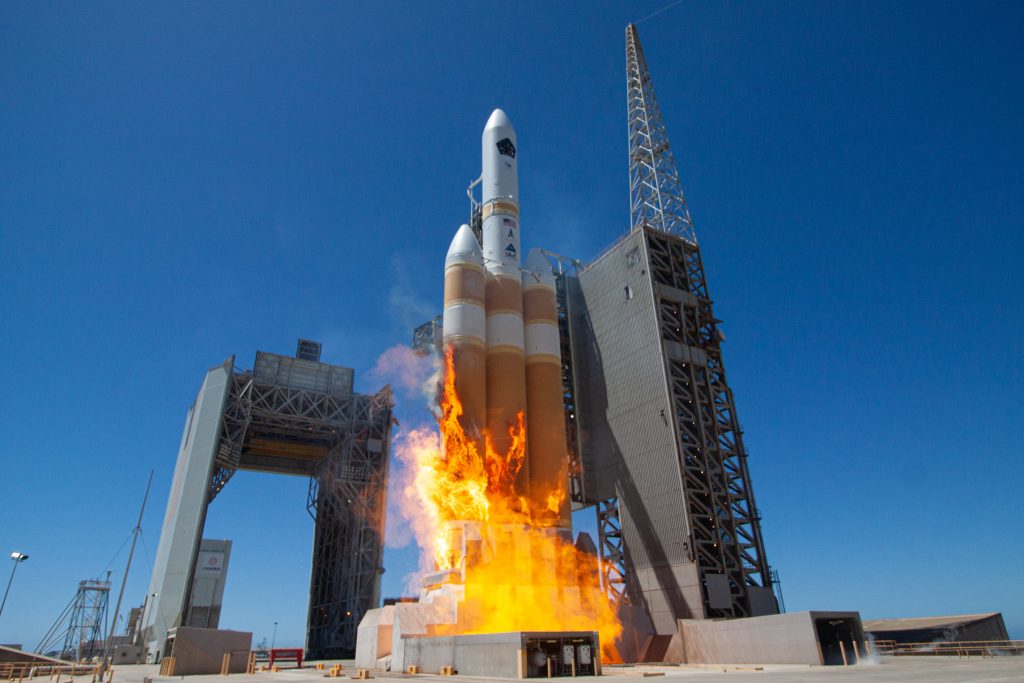
Next up, on Monday, April 26 at 20:47 UTC, United Launch Alliance successfully launched the NROL-82 mission from SLC-6 at Vandenberg Space Force Base in California. The launch was delayed one minute due to a Collision On Launch Assessment, which means there was a chance of the ascending rocket hitting something already in orbit.
Let’s face it, no one wants to see that kind of a disaster, and thanks to the delay, no one did.
The launch webcast started at around T-15 minutes and counted smoothly down to zero, and the rocket lifted into the air right at the beginning of the window, becoming only the third Delta 4 Heavy to launch on its first attempt. Thirteen Delta 4 Heavies have launched total. This rocket launches so little that it’s not uncommon for there to be issues related to the rocket pad. Faulty ground systems at SLC-37B, the Florida Delta 4 pad, resulted in a dozen scrubs and four months of delays (August-December) in the NROL-44 launch campaign last year. To prevent a repeat of the long delay, ULA took a very close look at the launch pad systems at SLC-6 before this launch.
The rocket featured its standard fireball on ignition which looks scary on the ground but is totally normal. It’s caused by the buildup of excess hydrogen gas at the bottom of the rocket from the engine chill process, which results in a jet of flame shooting up almost the entire length of the first stage. It’s so hot that the flame chars its foam insulation. Somewhat unusual for an NRO launch, a live rocket cam showed the California coast and the Pacific Ocean as the rocket headed to space. It also captured side booster, core, second stage ignition, and fairing separation happening nominally.
NROL-82 was a National Reconnaissance Office mission so the precise nature of the payload and its orbit are classified. After fairing separation, the live broadcast concluded “at the request of our customer” according to the ULA webcast host. Again, that customer was the National Reconnaissance Office. About an hour later, United Launch Alliance confirmed on Twitter that the launch was a success.
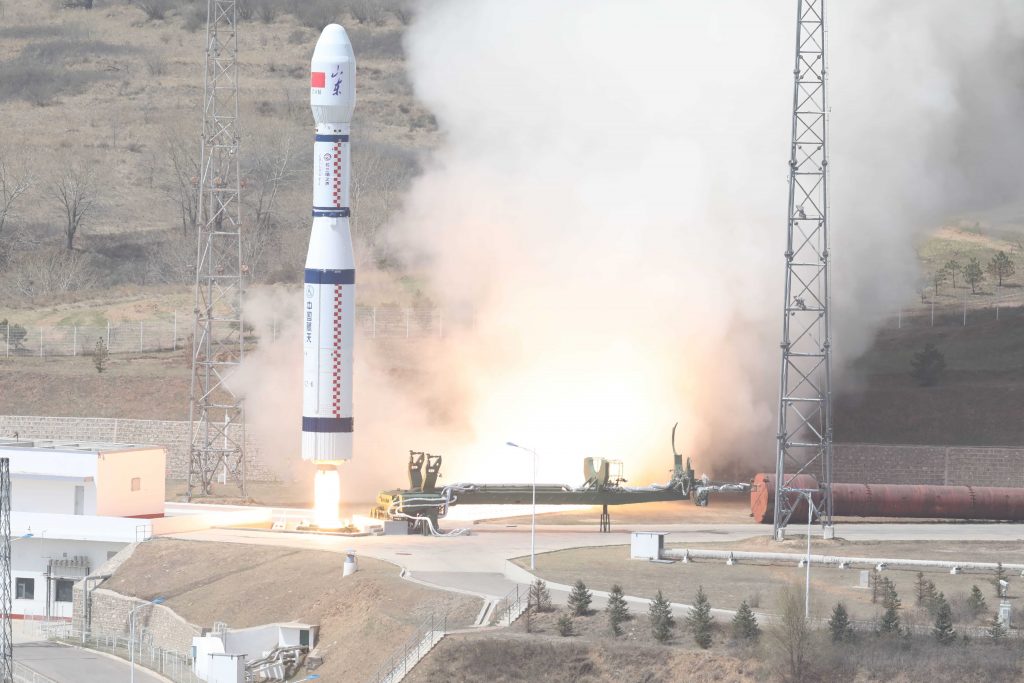
For our last launch of the week, on April 27 at 03:20 UTC, a Chinese Long March 6 rocket put a few small satellites into orbit from the Taiyuan Satellite launch center. The Long March 6 is one of the new generations of Chinese rockets that use higher-performing and non-toxic RP-1 and LOX instead of the pretty but deadly Unsymmetrical Dimethyl Hydrazine and Nitrogen Tetroxide combination that the older Chinese rockets use. Onboard the three-stage vehicle were nine small payloads massing between 30 and 50 kilograms.,
Among the payloads delivered to orbit were Qilu-1, a radar imaging satellite; Qilu-4, an optical imaging satellite; four commercial imaging satellites; a technology demonstration satellite for real-time imaging; Tianqui 9, an Internet of Things communications satellite, and NEO-1, a technology demonstration satellite that will do an asteroid survey from orbit.
And while NEO-1 explores from space, a very special helicopter has been exploring in alien air.
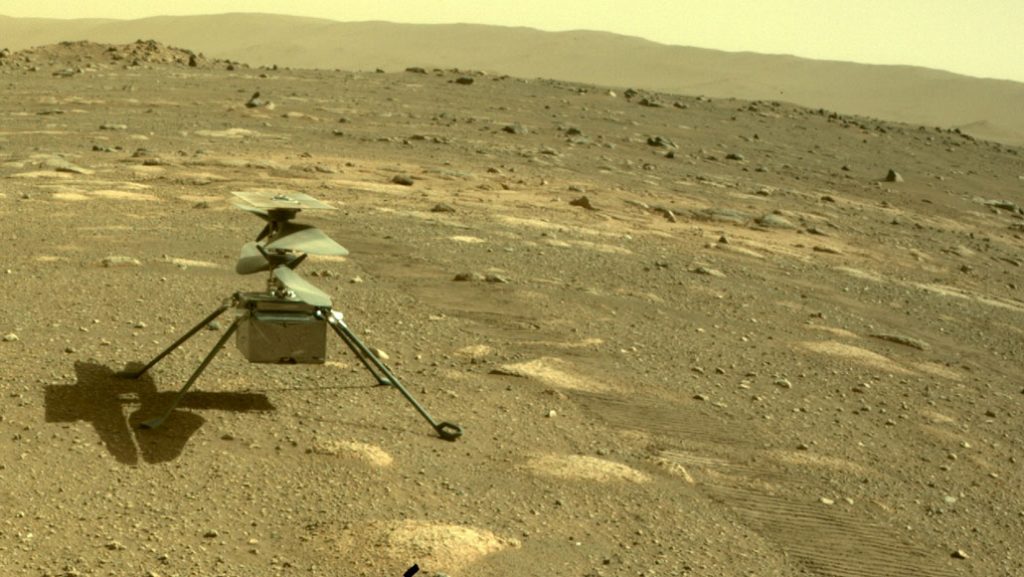
Since our last Rocket Roundup, the Ingenuity helicopter has made two more flights on Mars! For Ingenuity’s second flight on April 22, the craft flew to five meters in altitude — two more meters than the first flight — and flew two meters sideways. The third flight on April 25 also hit the five-meter altitude mark but this time did it a bit faster, accelerating to two meters per second which is the fastest it has ever flown, even in testing on Earth. Ingenuity also traveled 50 meters away from its takeoff point before returning. All of that took place in just 80 seconds.
The fourth historic flight is expected to take place on Wednesday, April 28.
This Week in Rocket History
From talking about this week’s history-making flights we now turn to look at this week in rocket history. And honestly, this week was kinda boring, so instead of discussing nothing interesting, we’re going to cheat and look back at yet another event that was packed into last week, specifically, April 18, 2018.
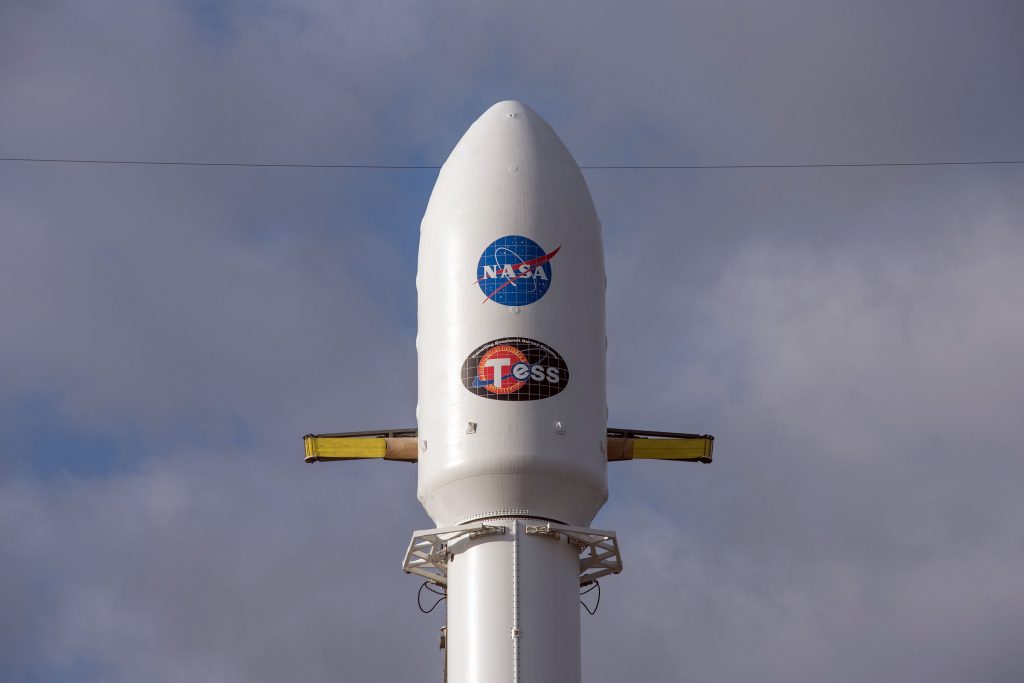
At 22:51 UTC, the Transiting Exoplanet Survey Satellite, also known as TESS, launched atop the last new SpaceX Falcon 9 Block 4 rocket from SLC-40 at Cape Canaveral in Florida. A quick aside about Block 4 versus Block 5 boosters: the Block 4 boosters were plain white and lacked the improved thermal protection and other components that improve reuse of the first stage compared to the Block 5 boosters that flew every mission after TESS. Block 4 boosters were only capable of two flights while Block 5 boosters have demonstrated nine flights, with more planned in the future.
Anyway, back to TESS. The first stage of the rocket that launched TESS cut off and separated after two minutes and thirty seconds of flight and landed safely on the drone ship Of Course I Still Love You. The second stage continued to take the spacecraft to a highly elliptical initial orbit of 200-km by 270,000-km! This highly elliptical orbit allowed TESS to get close enough to the Moon’s orbit to get a gravitational assist from Earth’s natural satellite, putting it in a 2:1 Moon-resonant orbit around the Earth, meaning that it would orbit the Earth once for every two Moon orbits.
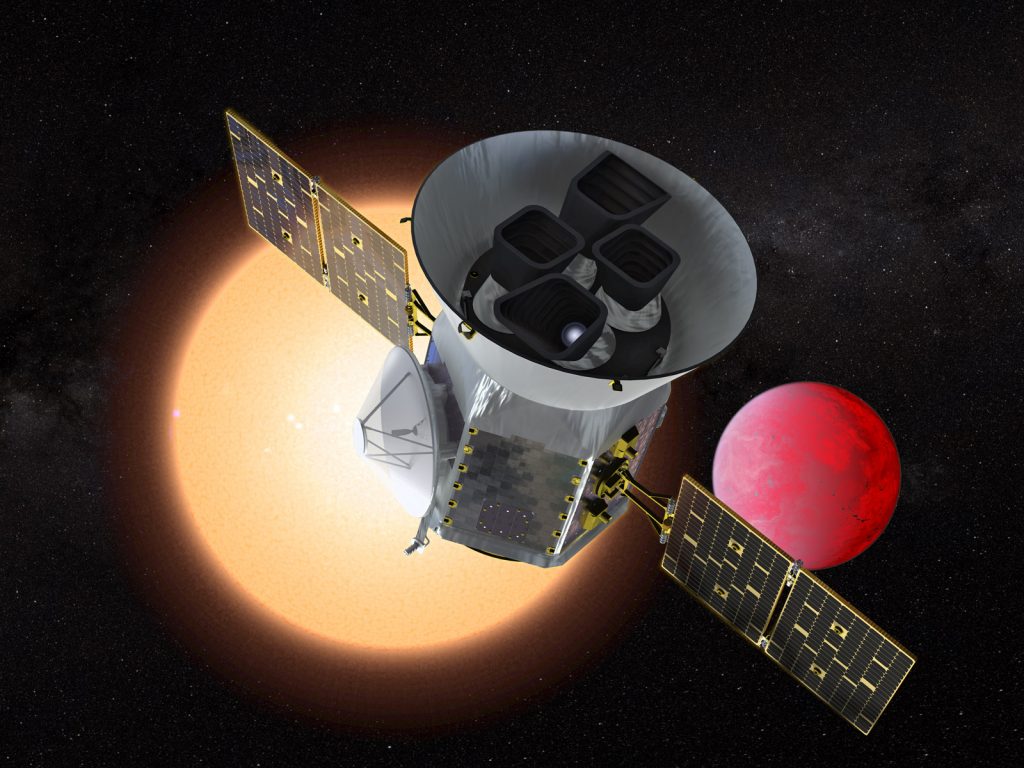
The high eccentricity of the orbit also meant that TESS would spend most of its time away from the Earth with a clear view in almost all directions. That clear view is really important because TESS needs to be able to observe as many nearby stars as possible. TESS is stargazing with a mission: try to find exoplanets around far-away stars by using the transit method. When a planet passes between a star and an observer, also known as a transit, the star will dip in brightness for a short period of time. TESS is able to keep track of where and when these brief periods of dimness occur by taking lots of pictures of the sky over time, which astronomers and other researchers are then able to compare those pictures to figure out which stars dimmed with a consistent pattern.
TESS’s first observation happened not to be an exoplanet but rather comet C/2018 N1, which was previously discovered by NASA’s Near-Earth Object Wide-field Infrared Survey Explorer project, or the NEOWISE Mission, and should not be confused with Comet C/2020 F3 from last summer that was also known as Comet NEOWISE (confirming once again that astronomers should not be allowed to name things). C/2018 N1 was spotted on July 25th, 2018, during a test of TESS’s instruments to make sure that the craft could take stable periodic pictures of a broad region of the sky for a long period of time. The test also showed that TESS was apparently extremely good at detecting and identifying variable stars, whose brightness changes and pulsates, which was a good indication of its ability to detect changes in eclipsed stars as well, aiding in its hunt of extrasolar planets.
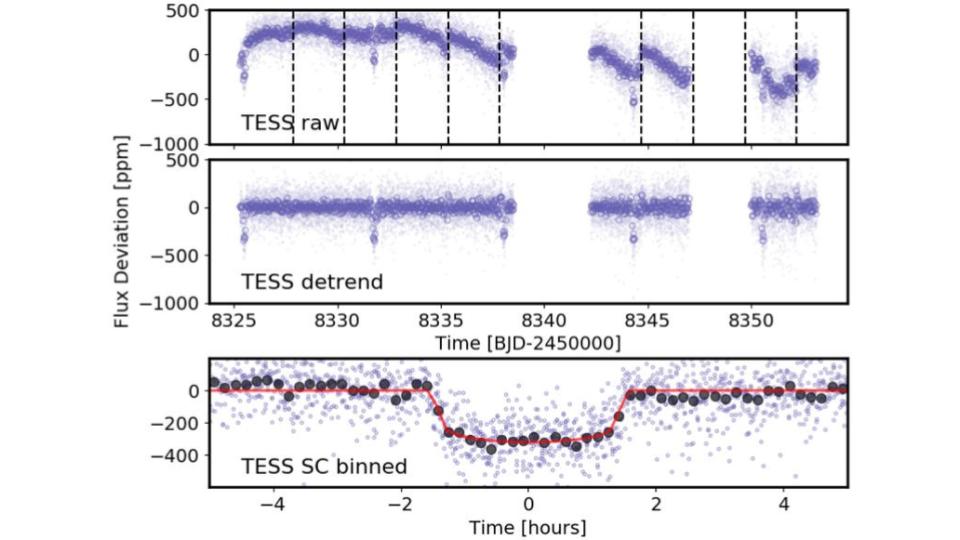
The first exoplanet TESS discovered was on September 18, 2018, a super-earth in theπ Mensae system, a system previously discovered to have a super Jupiter orbiting around its star. The newly discovered planet seems to be twice the size of the Earth, around five times the Earth’s mass and orbits its host star once every 6.27 Earth days.
TESS is still operational, having had its mission extended past its original planned span of two years, and as of writing this, it has discovered 2647 exoplanet candidates with 122 confirmed. We look forward to seeing what the future holds for TESS, and we’ll bring you key results as we learn them right here at Daily Space.
Statistics
To wrap things up, here’s a running tally of a few spaceflight statistics for the current year:
Toilets currently in space: 6: 3 installed on ISS, 1 on each Crew Dragon, 1 on the Soyuz
Total 2021 orbital launch attempts: 34, including 1 failure
Total satellites from launches: 797
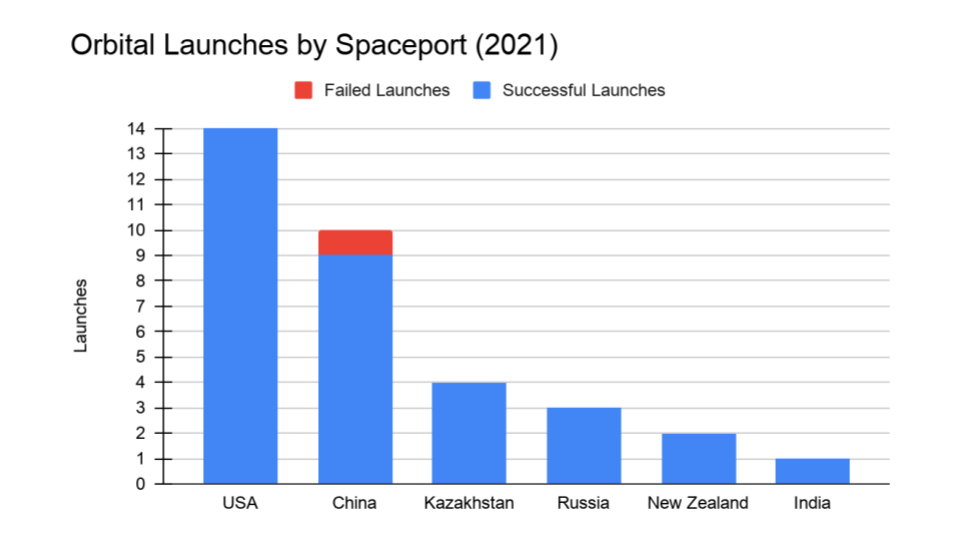
I keep track of orbital launches by where they launched from, also known as spaceport. Here’s that breakdown:
USA: 14
China: 10
Kazakhstan: 4
Russia: 3
New Zealand: 2
India: 1
Your random space fact for this week is that eight of the people in space right now were launched by the same rocket, Falcon 9 booster B1061.
And the total number of people in space? It is a very crowded ISS with 11 total crew.
This has been the crowded – but not that crowded – Daily Space.
Learn More
Crew-2 Launches to ISS Aboard Crew Dragon Endeavour
- NASA press release
- SpaceX’s Spacecraft Just Had a Near Collision With an Unidentified Object (Futurism)
- ‘GuinGuin,’ the flying penguin, revealed as Crew-2 zero-g indicator (Collect Space)
- Crew Dragon Docks to Station Day After Launch (NASA)
- Launch video
Arianespace Launches OneWeb 6 Aboard Soyuz 2.1b/Fregat
- Glavkosmos press release
- Launch video
NROL-82 Successfully Launched Using Delta IV Heavy
- ULA blog
- ULA completes Delta IV Heavy pad upgrades ahead of NROL-82 mission (NASA Spaceflight)
- Launch video
China Launches Long March 6 Carrying Mix of Satellites
- Space China press release (Chinese)
- Long March-6 info page (Gunter’s Space Page)
- Tianqi info page (Gunter’s Space Page)
- Launch video
NASA’s Ingenuity Mars Helicopter Update
- NASA’s Ingenuity Mars Helicopter Logs Second Successful Flight (NASA JPL)
- NASA’s Ingenuity Mars Helicopter Flies Faster, Farther on Third Flight (NASA JPL)
This Week in Rocket History: NASA’s Transiting Exoplanet Survey Satellite (TESS)
- Launch video
- Launch Profile – Falcon 9 – TESS (Spaceflight 101)
- TESS Orbit Design (Spaceflight 101)
- NASA’s Planet-Hunting TESS Catches a Comet Before Starting Science (NASA)
- “TESS Discovery of a Transiting Super-Earth in the pi Mensae System,” Chelsea X. Huang et al., 2018 November 30, The Astrophysical Journal Letters
Random Space Fact: Booster B1061
Credits
Host: Annie Wilson
Writers: Elad Avron, Dave Ballard, Gordon Dewis, Pamela Gay, Beth Johnson, Erik Madaus, Ally Pelphrey, and Annie Wilson
Audio and Video Editing: Ally Pelphrey
Content Editing: Beth Johnson
Executive Producer: Pamela Gay
Intro and Outro music by Kevin MacLeod, https://incompetech.com/music/


 We record most shows live, on Twitch. Follow us today to get alerts when we go live.
We record most shows live, on Twitch. Follow us today to get alerts when we go live.